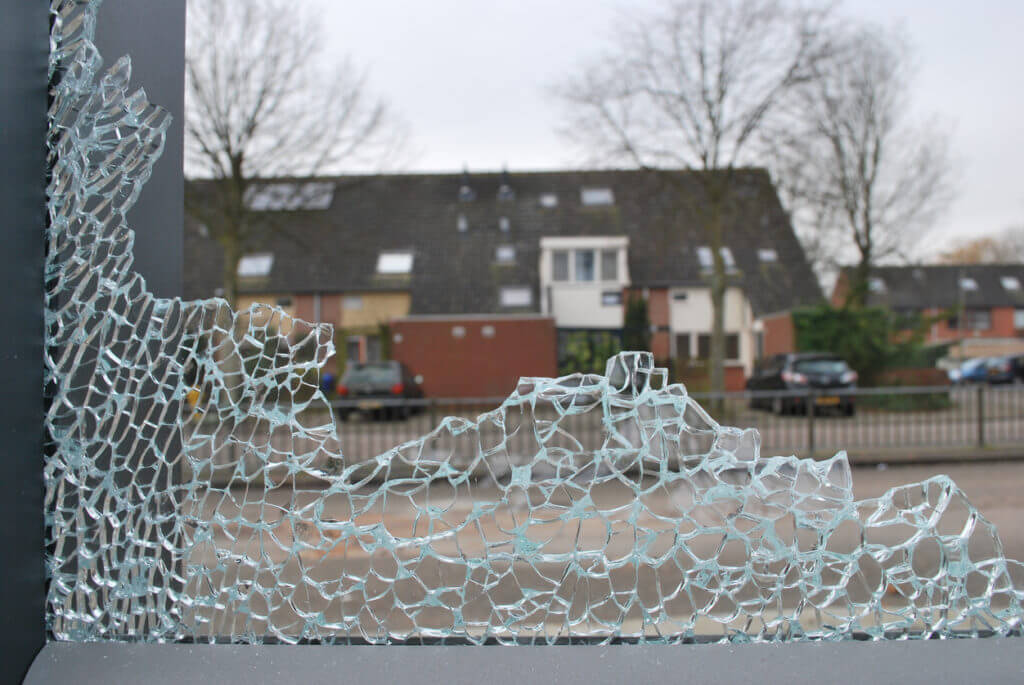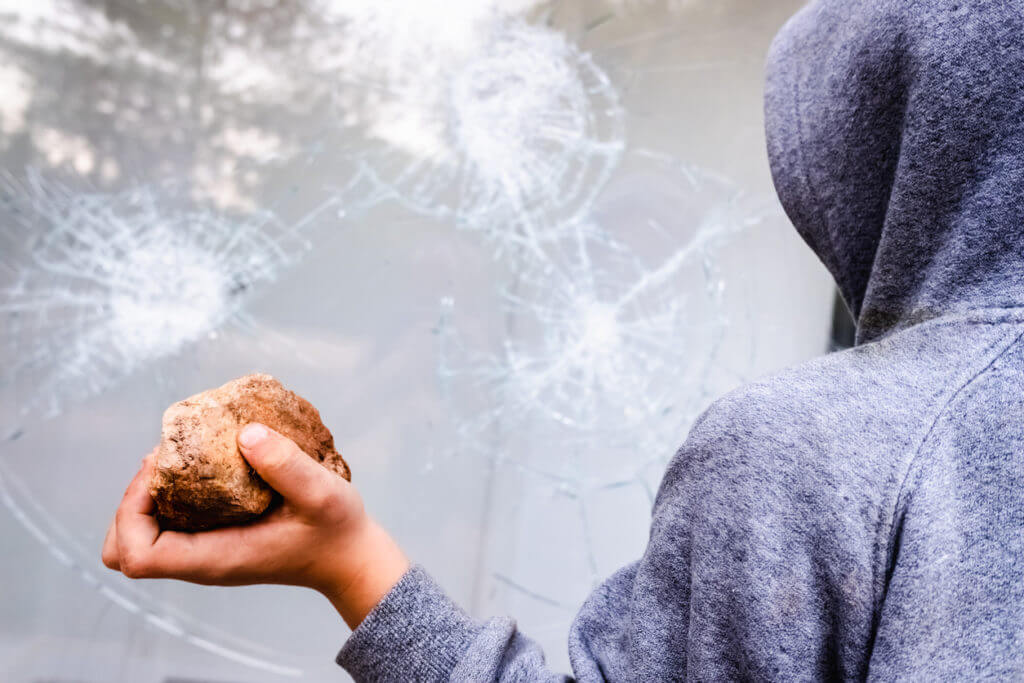The development of technology has contributed to the increase in requirements for window joinery. At present, we pay attention not only to the fact that the window has good thermal insulation and provides an adequate amount of light in the interior, but also on other aspects. Currently, the production m.in. burglary and safety windows.
Definition and construction of safety glass
A glass described as safe usually consists of two panes of glass. Between them there is a layer of PVB (polyvinylbutyral) film, which is 0.38 mm thick. It is used to provide additional protection to the glass. If the glass pane is hit, the film holds the cracked glass and prevents it from spilling. This solution is also used in the windscreens of passenger cars. These windows are called laminated glass (VSG). The most popular variant is a cartridge consisting of two panes of glass (each 3 mm thick), separated by PVB film.
Method of marking: VSG 33.1
where:
- 33 ? means 2 panes of glass, each 3 mm thick,
- 1 ? means one layer of PVB film.
Characteristics of tempered glass
A separate type of safety glass is tempered glass (ESG). The hardened glass, which is 6 mm thick, has a higher crack resistance compared to its laminated counterpart. This is due to the increase in bending strength obtained by the hardening process. However, following impact, tempered glass immediately breaks into fine pieces with blunt edges.

Safety glass standards
The regulations defining and dividing safety glazing are set out in the following standards: PN-EN ISO 12543-2 “Glass in construction ? Laminated glass and safe layered glass” and PN-EN 12150-1 “Glass in construction ? Thermally tempered safe soda-calcium silicate glass”. The documents contain the conditions that glass must meet in order to be considered safe. In addition, the windows are divided into 3 categories. Assignment to a given group depends on the behaviour of the glass when testing its crack resistance. The test is carried out using a soft pendulum, weighing 50 kg. It strikes the glass and simulates accidentally hitting the glass pane (e.g. with a ball). For example, the 33.1 safe glass shown earlier is assigned to category 2B2. This designation can be found when reviewing the window documentation.
Burglary windows ? what is it?
Another type of product is glass, commonly referred to as anti-burglary. It is worth being aware that, despite its name, these windows do not provide complete protection against burglary. However, they make access to the house more difficult. Therefore, they contribute to the delay of burglary. This gives residents time to react accordingly.

Classification of burglary windows
According to the standard, burglary windows are divided into 8 classes. In classes P1A to P5A, the element used to simulate the impact is a steel sphere weighing 4.11 kg. It is dropped on the glass from a certain height to check the strength of the product. The different classes differ in the number of strokes of the ball, as well as the height from which it is lowered. For classes P6B to P8B, the tests shall be carried out using an axe and a hammer. The windows thus marked are characterized by the highest resistance to manual attack. Importantly, hardened glass is not used as an anti-burglary. According to the standard, only laminated glass can perform this function.
Construction of burglary windows
A distinctive feature of burglary windows is the presence of several layers of PVB film. The most popular burglary windows have the following construction:
- P2A ? 2 layers of PVB film, i.e. 2 x 0.38 mm = 0.76 mm film thickness,
- P4A ? 4 layers of PVB film, i.e. 4 x 0.38 mm = 1.52 mm film thickness.
Example:
The VSG 44.2 glass consists of two 4 mm thick glass and two layers of film with a total thickness of 0.76 mm. The total thickness of the cartridge is therefore 8.76 mm.
Use of burglary windows
Windows of at least P3A class shall be used m.in. as sites of commercial objects, museums, as well as jewellery factories. However, it should not be forgotten that the glass is one of the components of the window. Its anti-burglary properties should therefore not be equated with the resistance of the whole window to a manual attack. The regulations for windows and doors with increased in burglary resistance are described in standard PN-EN 1627 “Doors, windows, curtain walls, grilles and blinds ? Burglary resistance ? Requirements and classification”. According to it, the products are assigned to one of three classes of immunity. One of the requirements for high burglary resistance glazing listed in the standard is that the glass is at least P4A grade. Due to this, P4A laminated glass ? with VSG 44.4 construction ? is often referred to as anti-burglary glass.
Protective windows in apartments
The most popular protective glazing used in residential construction is the following products:
- 2B2 safe laminated glass,33.1 (thickness 6.38 mm),
- P2A burglary-resistant glass,44.2 (thickness 8.76 mm),
- P4A burglary glass,44.4 (thickness 9.52 mm).
It is also worth mentioning the possibility of using acoustic film in the above-mentioned shaft inserts. It helps to reduce the noise level reaching the interior, which increases the functionality of the window.

